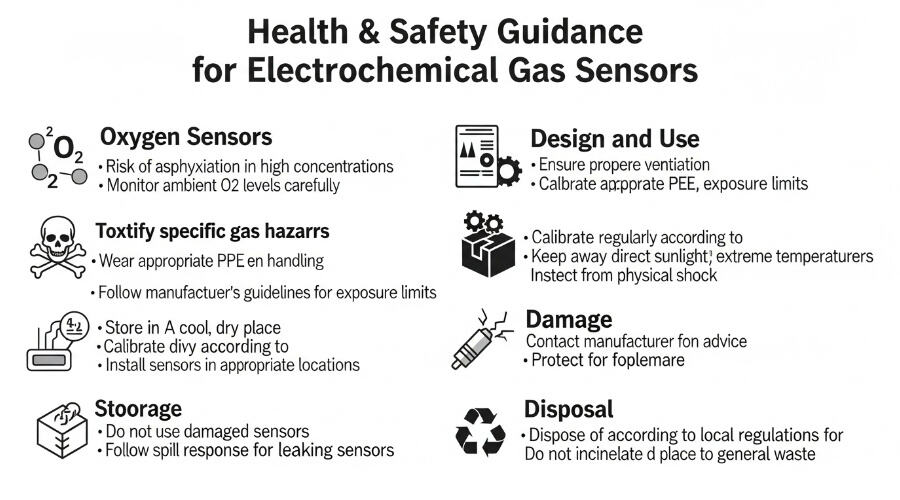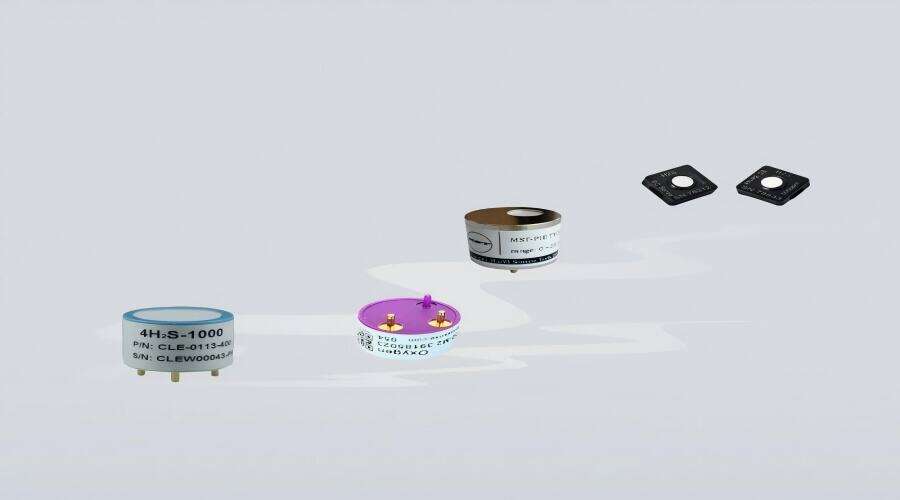-

Precautions for Using PID (Photoionization Detector) Sensors
2025/09/15PID (Photoionization Detector) sensors measure gas concentration by utilizing ultraviolet (UV) light to ionize target substances. They are highly sensitive and widely used for detecting volatile organic compounds (VOCs). The UV lamp in a PID sensor t...
Read More -

Tips for Using Catalytic Combustion Sensors
2025/09/15The catalytic combustion sensor (Catalytic Combustion Method Sensor) is one of the most widely used gas sensors specifically designed to detect various combustible gases. It operates based on the heat generated when flammable gases combust on an oxid...
Read More -

Health & Safety Guidance for electrochemical Gas Sensors
2025/09/15CiTiceL electrochemical gas sensors are sealed components that pose no chemical hazards under normal use, complying with the "Control of Substances Hazardous to Health Regulations (COSHH)" and the Health and Safety at Work Act 1974. However, leaks ca...
Read More -

The instructions for use of electrochemical sensors
2025/09/15The sensor consists of three electrodes: the working electrode, the counter electrode, the auxiliary electrode. The reference electrode, and acting as a stable potential point, is connected to the working electrode, allowing for a relatively accurate...
Read More -

The storage of electrochemical gas sensors
2025/09/15Point 1. Sensors must not be stored for more than six months and must be stored in a sealed container at 0-20°C in clean environment. Point 2. Sensors should not be stored or used in environments with liquid vapors and organic vapors, ...
Read More -

A few things to know about electrochemical sensors
2025/09/15The core principle of electrochemical sensors is electrochemical reactions, which convert the concentration signal of the target gas (or analyte) into a measurable current or voltage signal. Based on continuous practical experience in using electroch...
Read More

